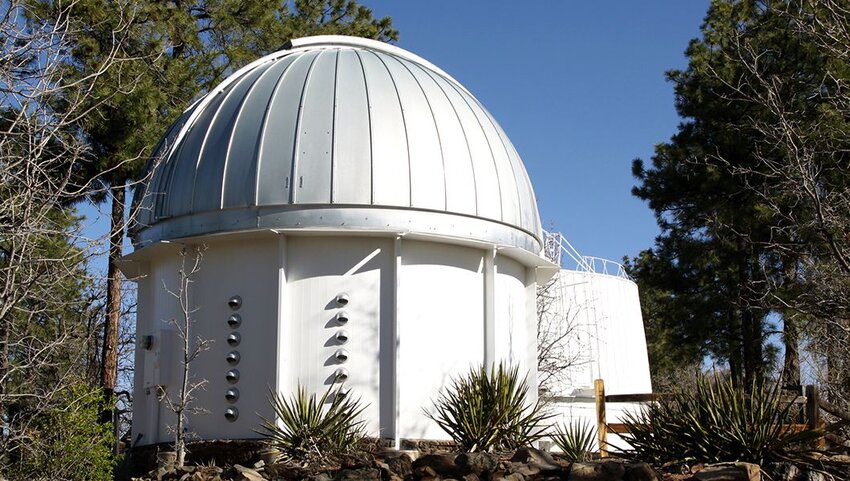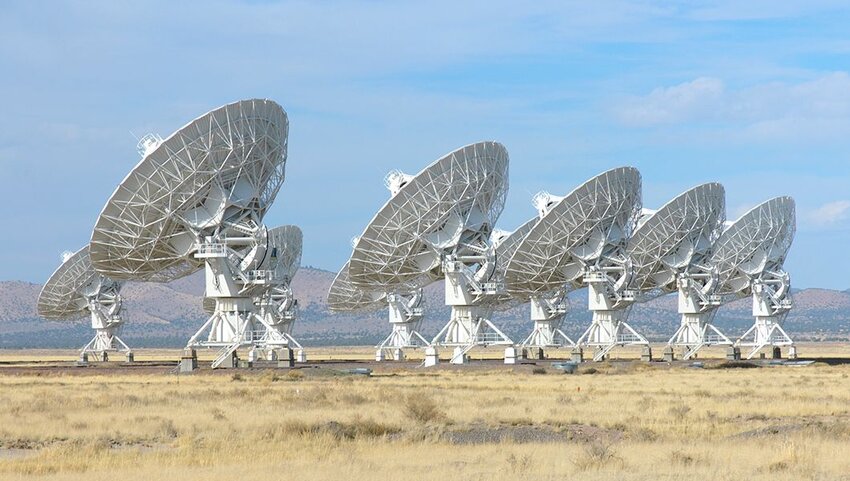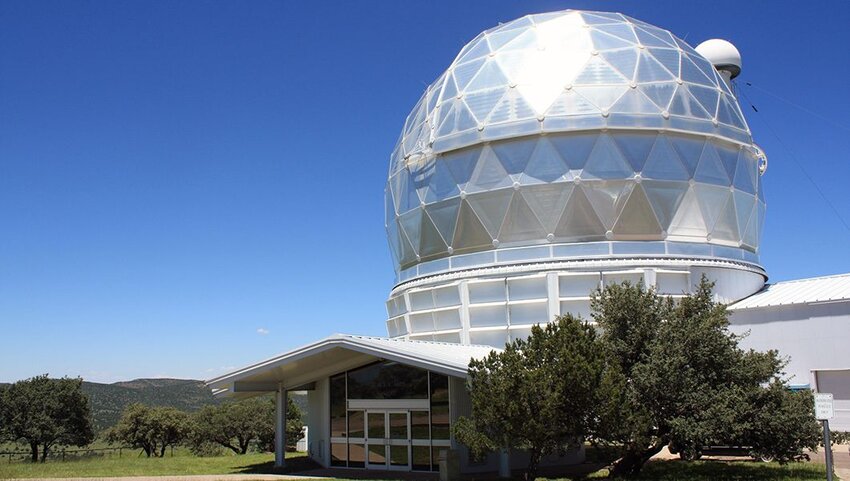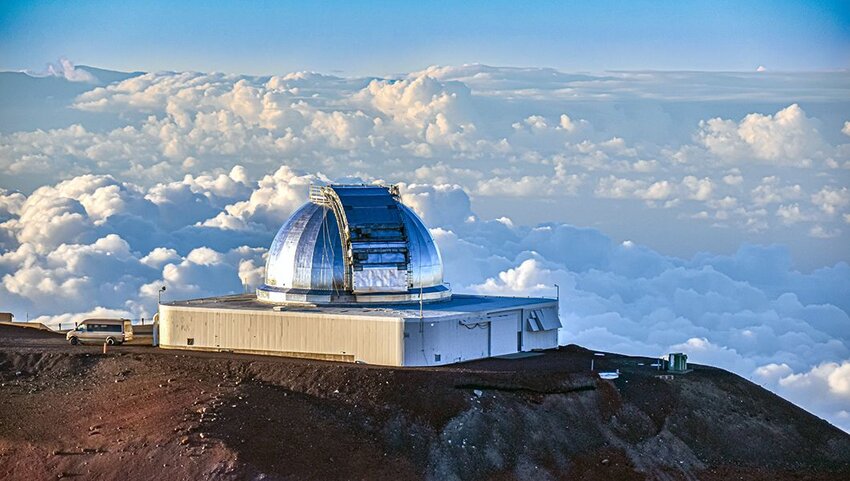If you’re curious about what lies beyond the Earth, then a visit to one of the top observatories in the U.S. is just the ticket. Powerful telescopes open up a universe littered with stars, planets, and other astronomical objects such as nebulae, pulsars, quasars, and galaxies. Whether you’re serious about science or simply looking for a vacation activity that’s a little different, here are five incredible observatories in the U.S. where you can stargaze.
Lowell Observatory, Flagstaff, Arizona

Flagstaff has been an International Dark Sky City since 2001, the first place in the world to receive this important status. Astronomical research requires an absence of light pollution and so Lowell is home to equipment that couldn’t function elsewhere, such as the most sensitive telescopes. Visitors are invited to experience Arizona’s dark skies using six telescopes on the Giovale Open Deck Observatory. The universe in all its glory is revealed as planets, stars, galaxies, and nebulae come into view. Visit the Pluto Dome where Pluto was discovered in 1930 and see the Clark Telescope, used by the Apollo 11 astronauts as part of their training. It’s also worth stopping by during the day to view exhibits that explain the basics of spectroscopy and the various telescopes that are used by astronomers. Upgrade your general admission to use the Dyer Telescope to take a guided journey through the cosmos or get a closer look at the 14-foot-tall Lowell Discovery Telescope, one of the largest optical telescopes in the country.
Griffith Observatory, Los Angeles, California

Griffith Observatory is possibly the most famous of any in the United States. Located on Mount Hollywood in Griffith Park, it overlooks downtown Los Angeles and enjoys an unrestricted view of the Hollywood sign. This public observatory, which opened in 1935, has been featured in countless movies including Rebel Without a Cause and La La Land. But although the view is breathtaking, the real magic happens inside. In the Samuel Oschin planetarium, explore the possibilities of cosmic evolution and the search for signs of life beyond our crowded planet. Watch in awe as demonstrators create artificial lightning using a Tesla Coil and head to the Ahmanson Hall of the Sky to see a live image of the sun on the observatory’s solar telescope. To observe the night sky after dark, peering through the historic 12-inch Zeiss refracting telescope on the roof and others on the observatory lawn will cost you absolutely nothing.
National Radio Astronomy Observatory’s Very Large Array, New Mexico

The Very Large Array is a Y-shaped formation of 27 active antenna dishes that each measure 82 feet across. Astronomers use them to observe a range of objects, such as the sun, planets, black holes, remnants of supernovas, and the hydrogen gas at the heart of the Milky Way. The array’s antenna dishes work together to share data, making them comparable to a single, enormous dish that would have to measure 22 miles in diameter. You’ll find this remarkable site in New Mexico, close to Socorro. Visitors are welcome and are invited to take a self-guided walking tour which takes in the Radio Sundial, Whisper Dish Gallery, Radio Astronomy Gallery, the base of one of the array’s antennas and the control building. A highlight for many is the chance to view the entire array from a well-placed observation deck.
McDonald Observatory, Texas

McDonald Observatory is overseen by the University of Texas at Austin, and is situated in the Davis Mountains about 450 miles from the city. It offers a series of programs for visitors. During the day, weather permitting, you can take a look at the sun live from their theater. Another popular activity involves taking a guided tour of the large research telescopes, heading up Mount Locke to see the 107" Harlan J. Smith telescope, and then to the summit of Mt. Fowlkes for the Hobby-Eberly Telescope (HET). In the evening, McDonald hosts star parties, a chance to learn about night sky constellations and view celestial objects from the Rebecca Gale Telescope Park. Special viewing nights take place occasionally from the summit of Mount Locke.
Onizuka Center for International Astronomy Visitor Information Station, Maunakea, Hawaii

Maunakea’s observatory is one of the prime viewing sites in the country for stargazing. That’s partially due to its position: the Maunakea Visitor Center (MKVIS), officially called the “Onizuka Center for International Astronomy Visitor Information Station”, is situated on the Big Island at an altitude of 9,200ft (2,800m). Local volunteer astronomers will meet you at the MKVIS; from there, they operate a free stargazing program. If you prefer your visit to be fully accompanied, guided tours to the summit and at lower elevations explore the attractions of the night sky. Tourists can also call in at ‘Imiloa in Hilo where they’ll encounter a magnificent stereoscopic 3D planetarium and visitor center. Hawaii residents have the opportunity to book a spot for the Kama‘āina Observatory Experience, an initiative that was designed to inspire a passion for astronomy in the local community.





